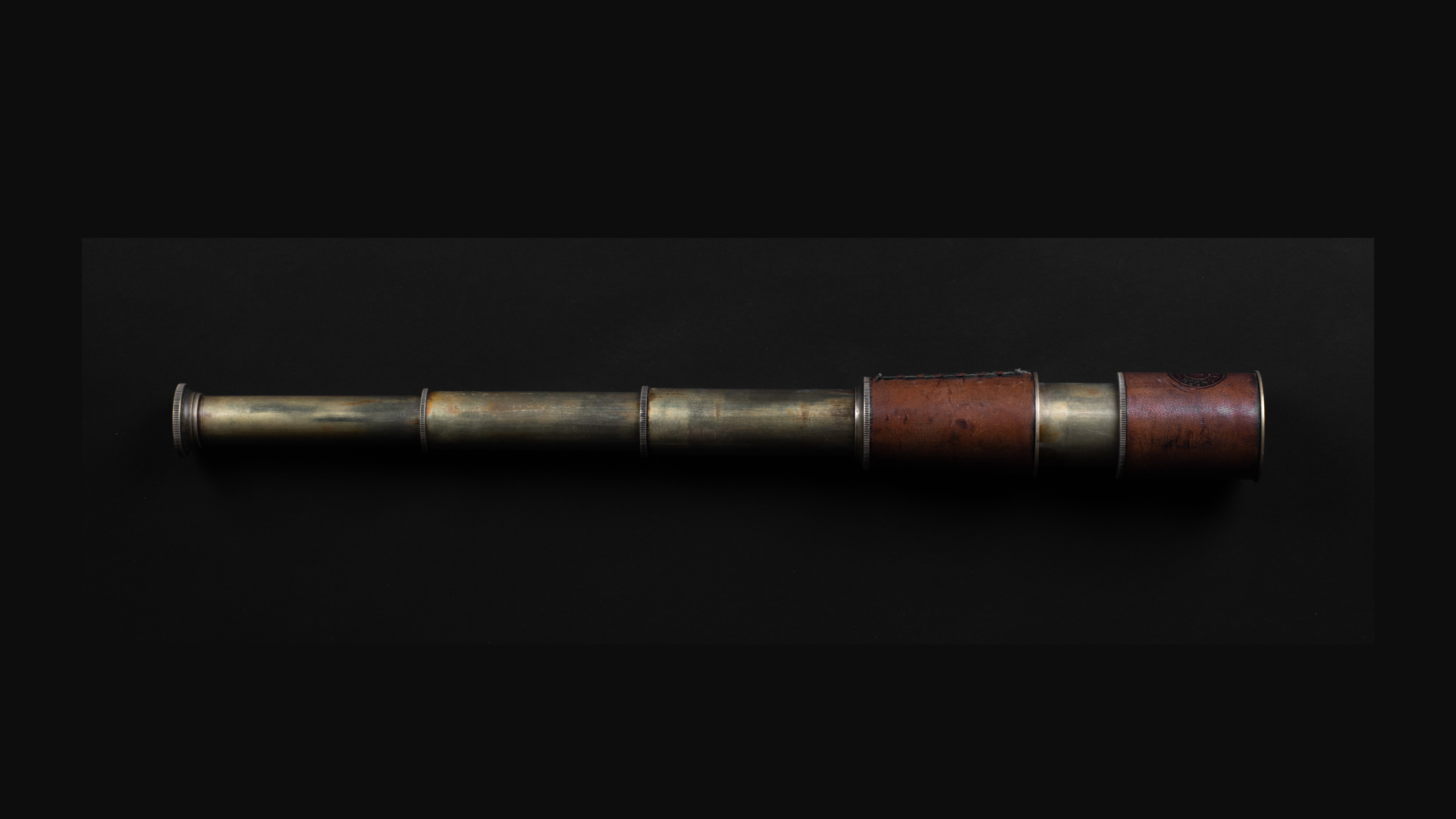The Art of the Pivot
One of our Sip & Savor wine kits, a pivot in 2020 to sell the unused wine leftover after the pandemic theater closures.
“What’s happening?!?”
We get this a lot. And the truth is, no one is more excited to have a solid answer to that than us.
Five years and ten days ago we closed the doors of The Culinarium. We canceled a sold-out show, mid-run. We packed up and went home. Remember that time when it seemed the world came to a halt?
We had cases and cases of wine at Nordo, so we started delivering that wine to your homes. Eventually the wine came with yummy food, and after that, boxed experiences so you could have a little slice of Nordo in your isolation. We did some virtual cooking classes, and a virtual pajama party fundraiser. We pivoted.
Eventually we got some industrial air purifiers, split our big Alice in Wonderland show into 2, 1 upstairs and 1 downstairs, and invited small audiences back in to see the world that we had by then spent years on. (There were some strange days in there visting the theater solo and painting away at the chessboard wondering if it would ever be seen.) Again, we pivoted.
We pivoted, and pivoted, and eventually decided on the biggest pivot of all, giving up our kitchen and our two beautiful venues at the end of 2022.
The idea was big: own a building. Create the region’s largest permanent immersive experience. Mingle interactive technology and art installations and performance into one! We never quit dreaming big through all the pivots. We quietly raised over $2M in pledges towards the creation of this before we even found the building.
But the perfect building to purchase has eluded us. (If you ever want to sit down over a drink and discuss Seattle real estate and property ownership Terry is all too willing.)
We, as artists and collaborators, exist to create beautiful, memorable experiences for you, our community, not to mire ourselves in real estate, and we need to refocus on that work. It’s been too long.
Our best answer to “What is happening!?!” is this: We are, once again, pivoting. Our bid to purchase a building will simmer on the back of the stove while we look for the perfect building to rent to show you what this Nebula thing really wants to be.
We still, as before, aim to open the doors on a completely original experience in 2026. That hasn’t changed, the path forward is just a little more…traditional. (Though if you have a 20,000 sq ft building in your back pocket that your dying to give away please contact us.)
So this spring, as we pivot to finding a rental rather than purchasing, we ask you to keep your eyes peeled - if you know of a centrally located, accessible, affordable space that is brimming with character, let us know! Light a candle, put your manifesting hat on, now is the time.
We have the community, the ideas, the artists, the will. We’re ready to make something magical.
Yours, ever truly,



















